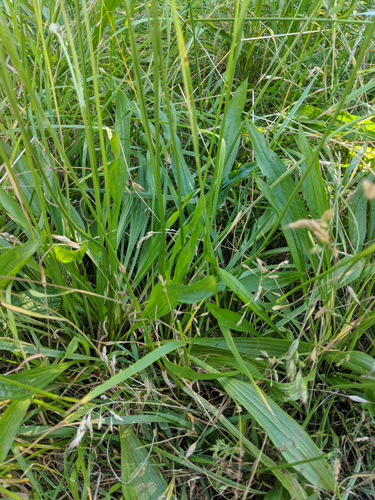There’s one plant that grows almost everywhere that you definitely should know about for your herbal medicine cabinet. It’s one of the first plants most people consider weeds that I learned to identify. I became interested in it because it was literally growing right outside my door in the lawn, right next to my sidewalk.
There’s an herb shop in my town where I go to get dried and fresh herbs to make my own preparations, and the shopkeeper called plantain “white man’s footprint.” It was called this by the Native Americans because it grows so well in disturbed soil, so wherever settlers traveled this plant followed them. I’ve heard other herbs called this name or variations of this name before, but this herb definitely fits the profile: plantain
This is a superb herb for your medicine cabinet. The scientific name of plantain is Plantago major. It’s a species of flowering plant in the plantain family Plantaginaceae and not to be confused with the banana-like fruits that are sometimes found in the grocery store. There are two common varieties of plantain, both very easy to identify:
Look for either or both variety of plantain growing along roads, fencelines and probably right in your own yard if it’s not a manicured lawn.
And if you’re ever not sure, an easy way to find plantain this time of year is by its distinctive flowers:

Uses of Plantain
Plantain is excellent to put on minor scrapes, burns, stings and bug bites. Simple tear off a leaf, chew it up and put the wad on your skin. It works very fast. My own son knows that when he gets a bug bite or a scrape he can find plantain and either ask me to put it on him or he can do it himself. Leave the wad on your skin for 15 to 20 minutes and you’ll see a noticeable improvement. Once when we were at the beach, I happened to notice plantain growing near where we were picnicking. I didn’t think much about it except to note that it was there. A half hour later my son had a bug bite on his knee so I asked him if he wanted plantain. He didn’t want me to chew it up this time (he is getting older after all!) so I used a rock and a little bit of sea water in a bowl and crushed it up to release the plant juices. If you don’t want to chew the leaves, crushing it works just fine too.
I also like to gather fresh plantain leaves and fill a jar with them. Then pour olive oil over the leaves and allow them to infuse the oil for 6 weeks. After that, you may use the plantain-infused olive oil as it is or use the oil in your own skin lotion or balm recipe. You can then put that on irritated skin to get the same benefits.
Eating Plantain Leaves
You can eat the small plantain leaves, but after they get bigger they don’t taste too good. And to be honest, in my opinion they don’t taste that good even when they’re young! But they are edible. So that makes plantain a very desirable plant to know. If you have a natural area in your yard and you find plantain growing, leave it alone. I predict it will become one of your favorite plants just as it is mine.
Here’s plantain growing in a median strip near a road in a bed with dandelions and other weeds. The plantain is the pointy weeds in the corner by the yellow. I’ve even seen it growing out of a bed of gravel. If you’re harvesting it to eat or to put on your skin, you might want to avoid these high-traffic areas and try to find a source of it where it hasn’t been sprayed with pesticides or road dust. But the point is, these plants grow literally everywhere.









